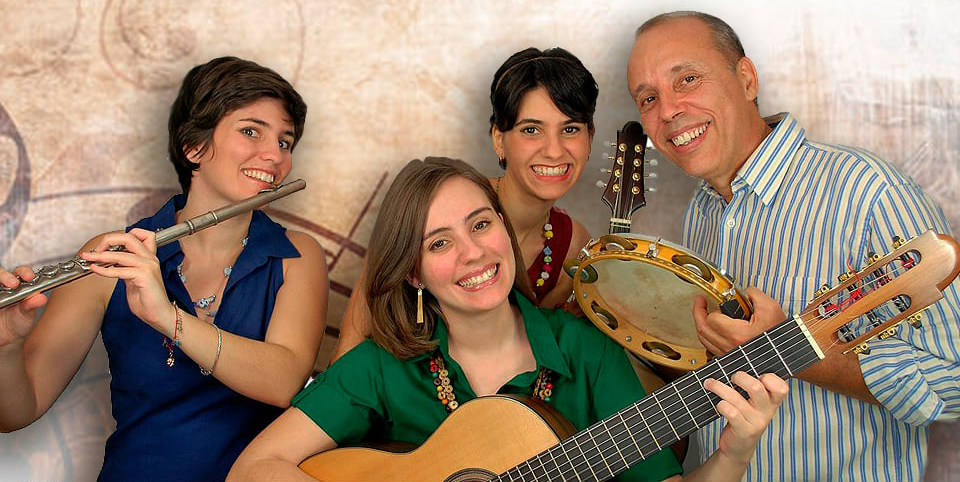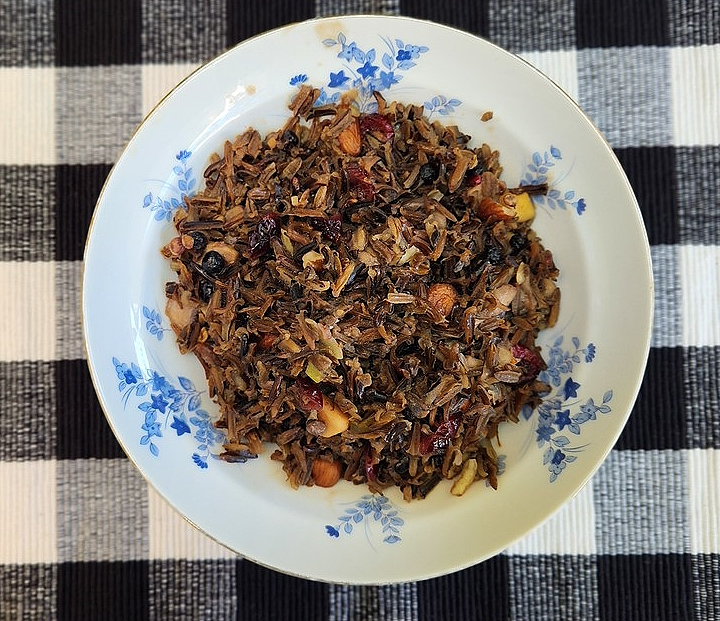
Choros das 3
Choro, an instrumental music of Brazil, has been described in American terms as the "Brazilian ragtime" or the "New Orleans jazz of Brazil." With roots dating back to the late 1800's, choro developed out of melodies coming from Europe and rhythms coming from Africa. It became one of the first authentically Brazilian instrumental musical styles. Flutist Paula Robison said, "the choro tradition in Brazil is very much like the blues in America. It Brazil, choro was the combination of the African tradition mixed with the Portuguese; the beautiful singing lines of the Portuguese melody combined with the life-giving heartbeat of Africa." Choro was most popular during the 1920's in Rio de Janeiro although it can still be seen thriving in all of Brazil today. The word choro in Portuguese means "cry" and refers to the emotive nature of the soloing instruments. But choro is anything but sad with its fast-moving melodies, syncopated samba rhythms, and virtuosic improvisation. It is often played in all-night jams called rodas which take place in public bars or squares. The instrumentation of choro can include a variety of acoustic instruments. The traditional 7-string guitar which has an extra low string plays contrapuntal bass lines. The cavaquinho, a type of Brazilian ukulele, plays chords in a quick syncopated rhythm that helps to set the samba. The percussion section features primarily the pandeiro which looks like an American tambourine and is played by hand. Finally the melody may be played by a variety instruments, most commonly including flute, clarinet, bandolim (Brazilian mandolin), and more. The most important and well known composer of choro was Pixinguinha. He is considered to be one of the godfathers of choro and his birthday is celebrated as National Choro Day in Brazil. Pixinguinha has been called "the Bach of choro" by musicologists because of his perfect harmonic structure and virtuosity. In the 1920's he traveled to Paris with his group which was the first Brazilian group to perform outside of Brazil.









